5 innovative ways kids are going back to school
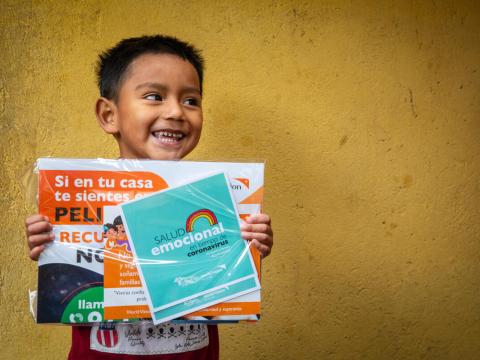
By Alison Ralph, World Vision Canada
For many families around the world the changing of the seasons—from summer to fall—is synonymous with the start of a new school year.
This year, things look and feel very different. Because of COVID-19, more parents are ordering their school supplies online. Masks and hand sanitizer have become must-have items. And, for many families, new technology to allow for remote learning is replacing the need for as many notebooks and pens.
Around the world, families are preparing for an uncertain return to school, either to start a new year or pick-up where they left off when classes were suspended as a result of lockdowns and mandatory quarantines.
Before COVID-19, about 258 million children and youth out of school globally. And according to the World Bank, more than one billion children were affected by school closures due to COVID-19. Many children from privileged backgrounds or developed nations were able to adapt their studies to online learning while many more vulnerable children have been left behind.
Without access to education, vulnerable children in low-income countries, face compounding challenges including decreased opportunities in the future and an increased risk of violence and child marriage.
At World Vision, we are committed to ensuring all children have access to quality education. And, in the age of COVID-19, innovation is critical to ensuring access to education in some the world’s most challenging places is possible.
Here are five innovative ways kids are going back to school around the globe:
Isaac, Uganda
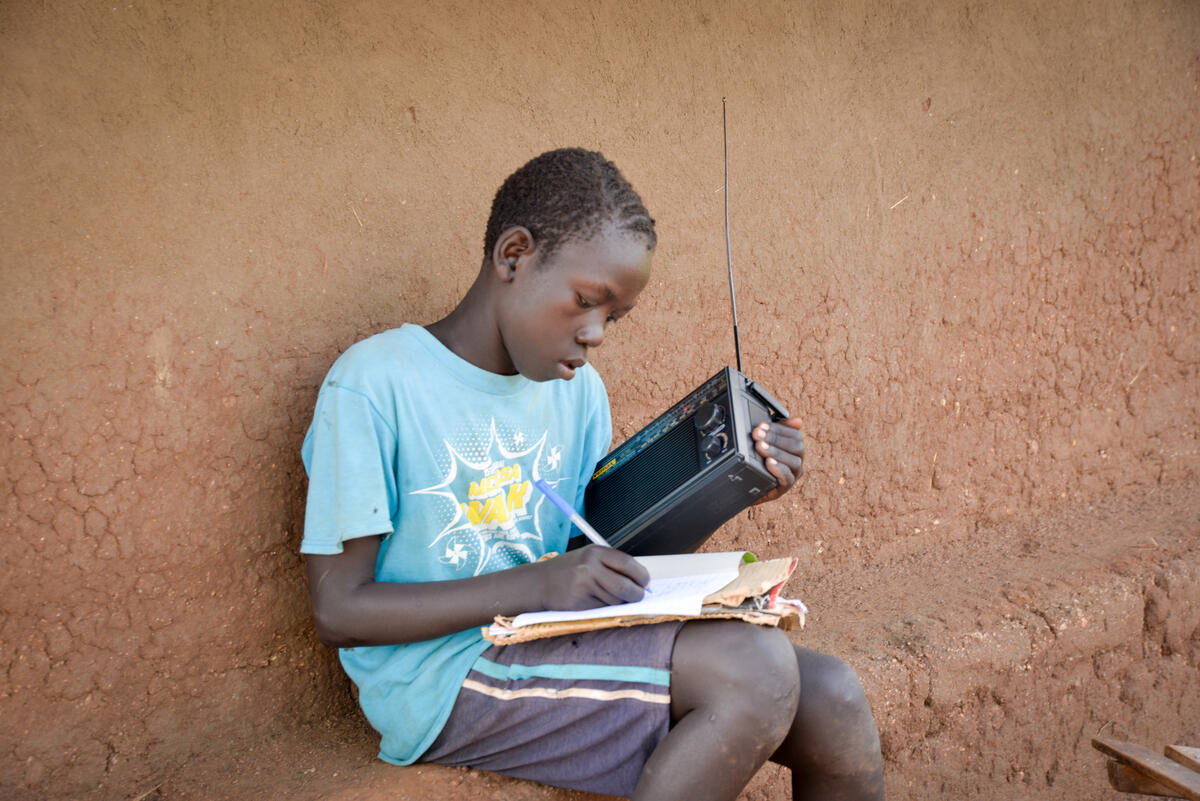
Isaac, 14, lives in Bidibidi Refugee Settlement in Uganda with his little brother, his foster mom and three foster siblings. Originally from South Sudan, he and his brother fled conflict there in 2017.
Before COVID-19, they would go to school every day at 7:30 am and help their foster mom in the fields on weekends. When schools closed, radio lessons were introduced, filling the gap in their education. But soon the family’s old radio stopped working.
World Vision Uganda staff saw the need and began distributing radios to the most vulnerable children and families in the settlement, beginning with children from child-headed households and foster families like Isaac's.
Isaac and his siblings are among the 15 million children across Uganda that have been affected by the school closures back in March.
“Some of my friends stay very far, I could only see them at school. I miss them and I miss learning new things,” he says. “I want to study so hard and be the president of South Sudan in future. I want to bring back peace to our country. This is why I want to go back to South Sudan.”
Nexi, Philippines
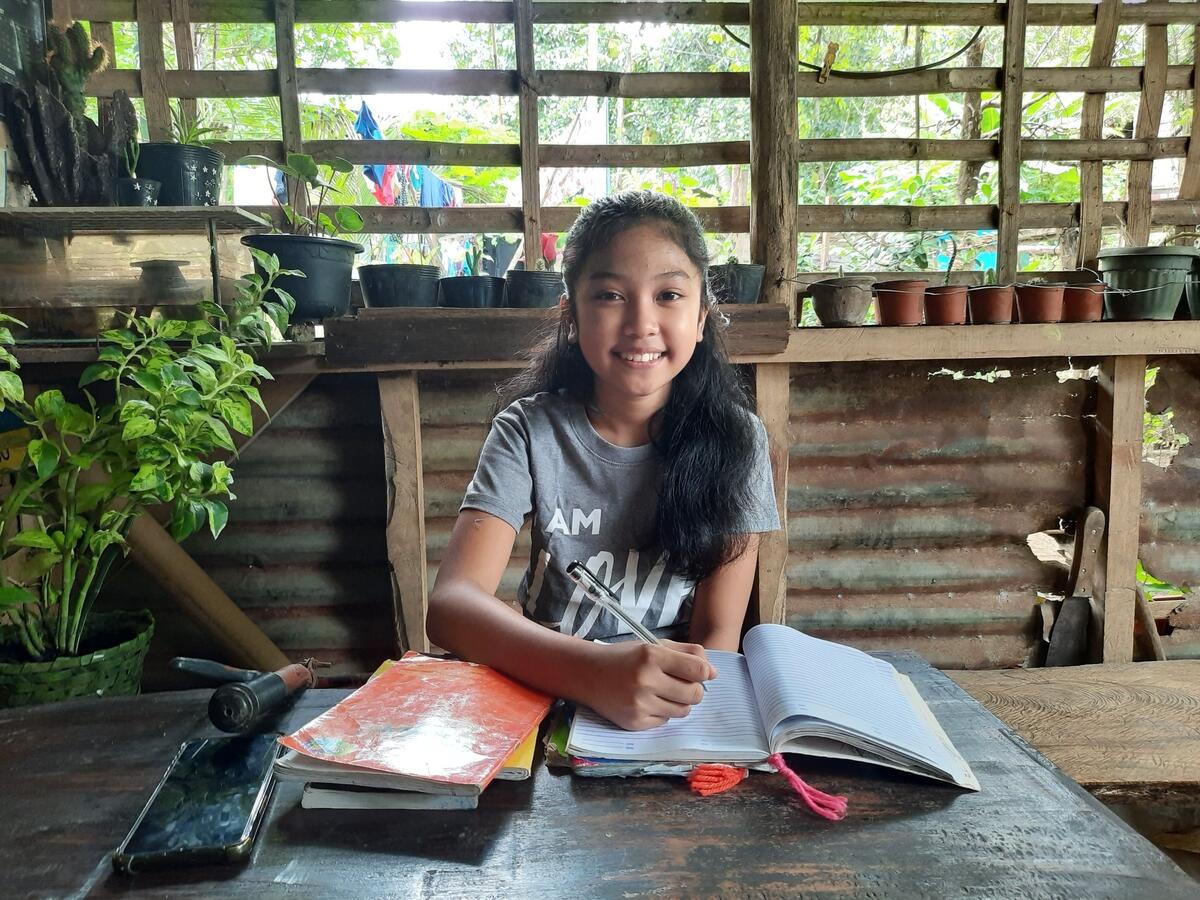
Nexi,12, graduated valedictorian at an online ceremony last year. “I was hoping I could walk on the stage with my parents as we received my award. Sadly, COVID-19 prevented that from happening. But I understand it’s for our safety," she says.
Like most children, Nexi still prefers face-to-face learning. Nothing beats sharing stories or doing assignments with her close friends, she says.
The pandemic has affected more than 20 million learners across the Philippines. With cases of COVID-19 still on the rise, the department of education postponed in person classes until there is a vaccine. Instead, distance or blended learning is being implemented, using radio, TV, online and modular learning methodologies.
Nexi's family has one cell phone between them, and her community has limited access to the internet, so her local school will provide printed modules to make distance learning possible.
For Nexi, no matter what the mode of learning is, she’s determined to do her best. “I know there will be challenges when we start our classes, but I will still do my best. I want to study well so that I can be an engineer someday,” she shares.
Nahed, Jordan
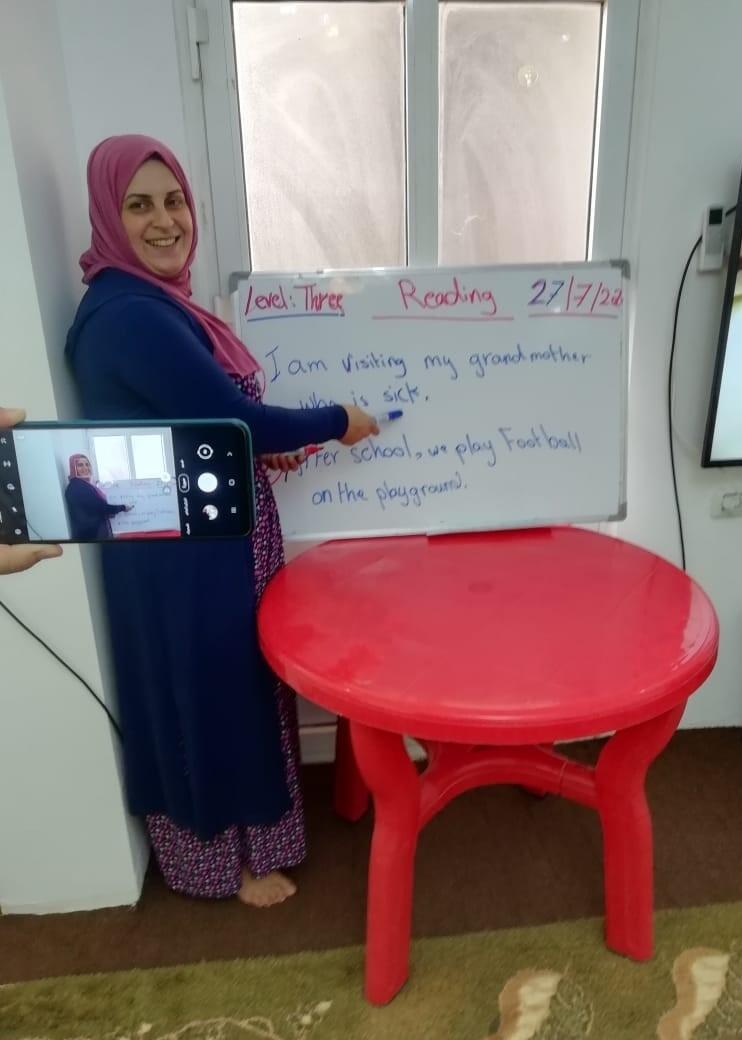
Nahed has been teaching with World Vision Jordan's remedial education programme since 2015, teaching English to Jordanian and Syrian refugee children alike. The aim of the program is to prevent children who struggle with learning from dropping out of school.
When COVID-19 hit, Nahed and other teachers with the program were trained to teach classes remotely using tools like WhatsApp and ZOOM.
“I had so many concerns regarding the remote teaching methods. But since I’ve started teaching from home, I’ve noticed that it was a totally different experience than I thought. It feels like I have my students in a classroom with me. With the online interaction in WhatsApp groups and weekly ZOOM sessions, I can see that the students are understanding the lessons I share and receiving the material properly. I feel happy when I see my students very responsive, and when they submit their homework correctly and on time.”
Santos, Uganda
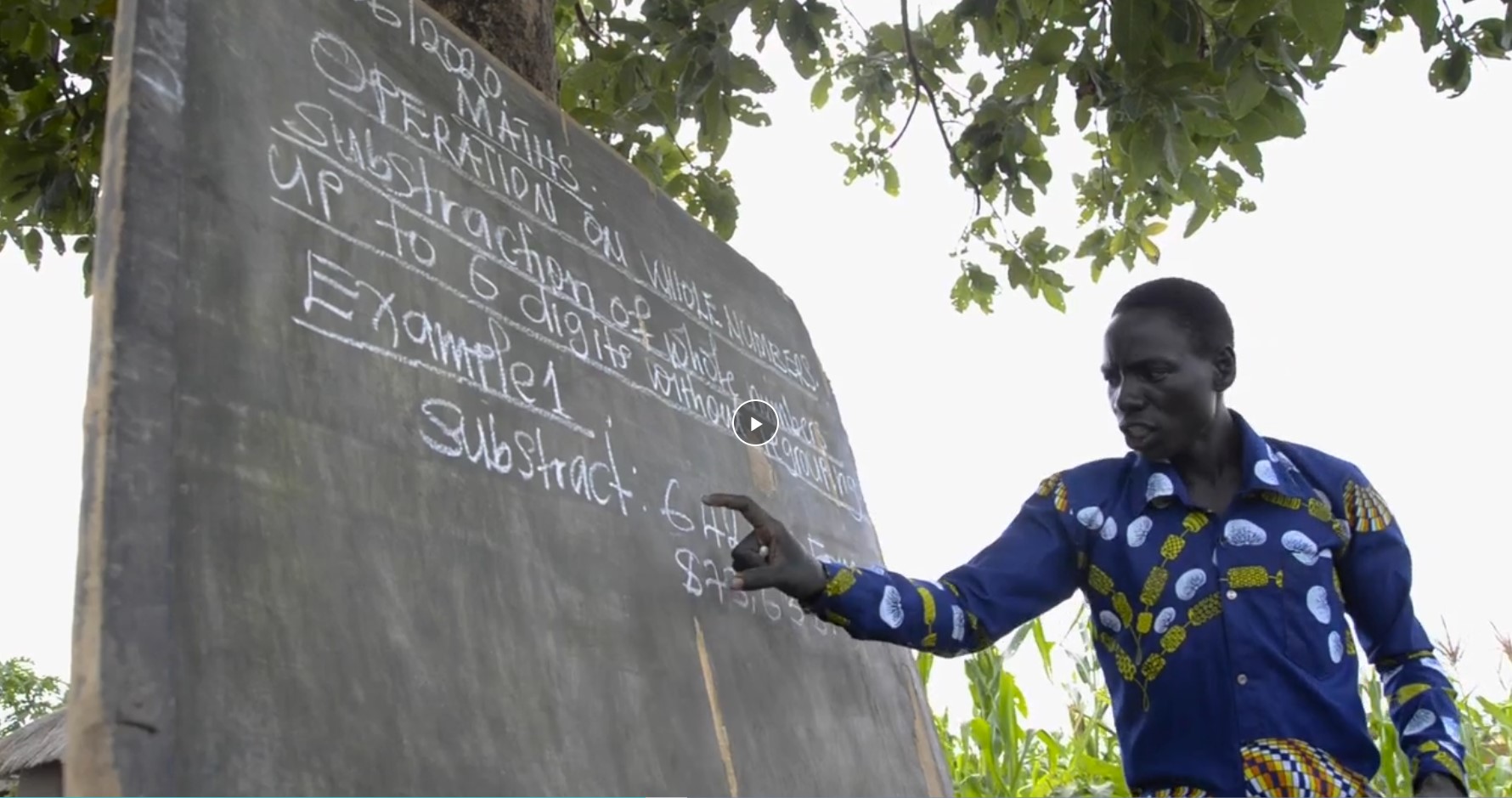
Santos is a young teacher from South Sudan living in Bidibidi Refugee Settlement in Uganda. He became a teacher specifically to help children in his community.
“After seeing how children struggled to learn, I enrolled at the primary teachers’ college and learned the skill to help my people," he says.
When schools closed in March, he saw once again, how the children were struggling. Some had become idle at home, some were working with their parents, and a few girls from the village had gotten pregnant. This pushed him to start up his mobile teaching program, working voluntarily during the lockdown.
Santos teaches in groups of 10 or fewer, and wherever he conducts his classes he ensures there is a hand washing facility. The children must wash their hands before and after the lesson.
He teaches outdoors as much as possible, to allow enough space for physical distancing. While teaching, he keeps a safe distance from the children and has introduced an innovative way of marking from a distance, with his eyes.
María, Colombia
María is a member of the Wiwa Indigenous community living in the ethnically diverse region of La Guajira in Colombia. During lockdow, she and other women in her community are teaching children and youth to weave bags, a tradition that goes back hundreds of years.
World Vision Colombia, in partnership with Education Cannot Wait, is providing culturally appropriate materials to the Wayú, the Wiwas and the Kogui Indigenous communities and the Afro-Colombian communities in the area, to encourage traditional artforms, like weaving, painting and storytelling. The aim is to build community and encourage a transfer of traditional knowledge and history to younger generations, while learning a new skill.
"For our culture weaving is very important," says María. "When we are weaving, we are building. First, we must build spiritually. We start with something small and we grow, and as I weave, I grow too. If I learn how to weave well, I will have a good life of my own. Weaving is like community. When we start small and work together, good things happen.”
While they wait for schools to reopen, children in La Guajira are not waiting for an education.
Learn more about the work that World Vision is doing around the world to limit the spread of COVID-19 and its impact on vulnerable children, their families and communities.